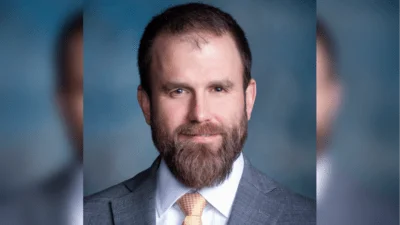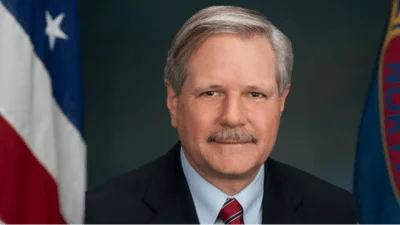Wayne Stenehjem, Former North Dakota Attorney General | x.com
Wayne Stenehjem, Former North Dakota Attorney General | x.com
On this day in 2017, Wayne Stenehjem, former North Dakota Attorney General, said that protesters at the Oceti Sakowin camp must comply with Governor Doug Burgum’s evacuation order to prevent environmental damage. He warned that refusal could result in arrest. Stenehjem made this statement in a press release on February 17, 2017.
"I urge all remaining individuals to immediately vacate the area," said Stenehjem. "This is about protecting the land and the waters of the Missouri River. Anyone who refuses to leave could be subject to arrest."
The Guardian reports that the Oceti Sakowin campsite was the largest protest encampment against the Dakota Access Pipeline, established near the Standing Rock Sioux Reservation in 2016. It served as a base for thousands of water protectors advocating for Indigenous sovereignty and environmental protection, particularly the preservation of the Missouri River.
According to Burgum's Executive Order, unseasonably warm temperatures in early 2017 led to rapid snowmelt in North Dakota, heightening the risk of ice jams and flooding. Concerns grew over accumulated debris, including human waste, which threatened the Missouri River’s ecosystem. The ongoing occupation of the area complicated cleanup efforts, prompting urgent intervention.
The Washington Times reported that following the February 2017 evacuation of the Dakota Access Pipeline protest camps, cleanup crews removed 48 million pounds of garbage and debris from the Oceti Sakowin site. The $1 million cleanup, funded by North Dakota taxpayers, aimed to prevent waste from contaminating the Cannonball River as snowmelt increased. A Florida-based contractor hired by the U.S. Army Corps of Engineers assisted in these efforts, working alongside previous cleanup initiatives led by the Standing Rock Sioux Tribe.
Stenehjem was North Dakota’s longest-serving attorney general, serving from 2000 until his death in 2022. With over four decades in state government, he was known for his work in public safety, environmental regulation, and government transparency according to information from the University of North Dakota.






 Alerts Sign-up
Alerts Sign-up